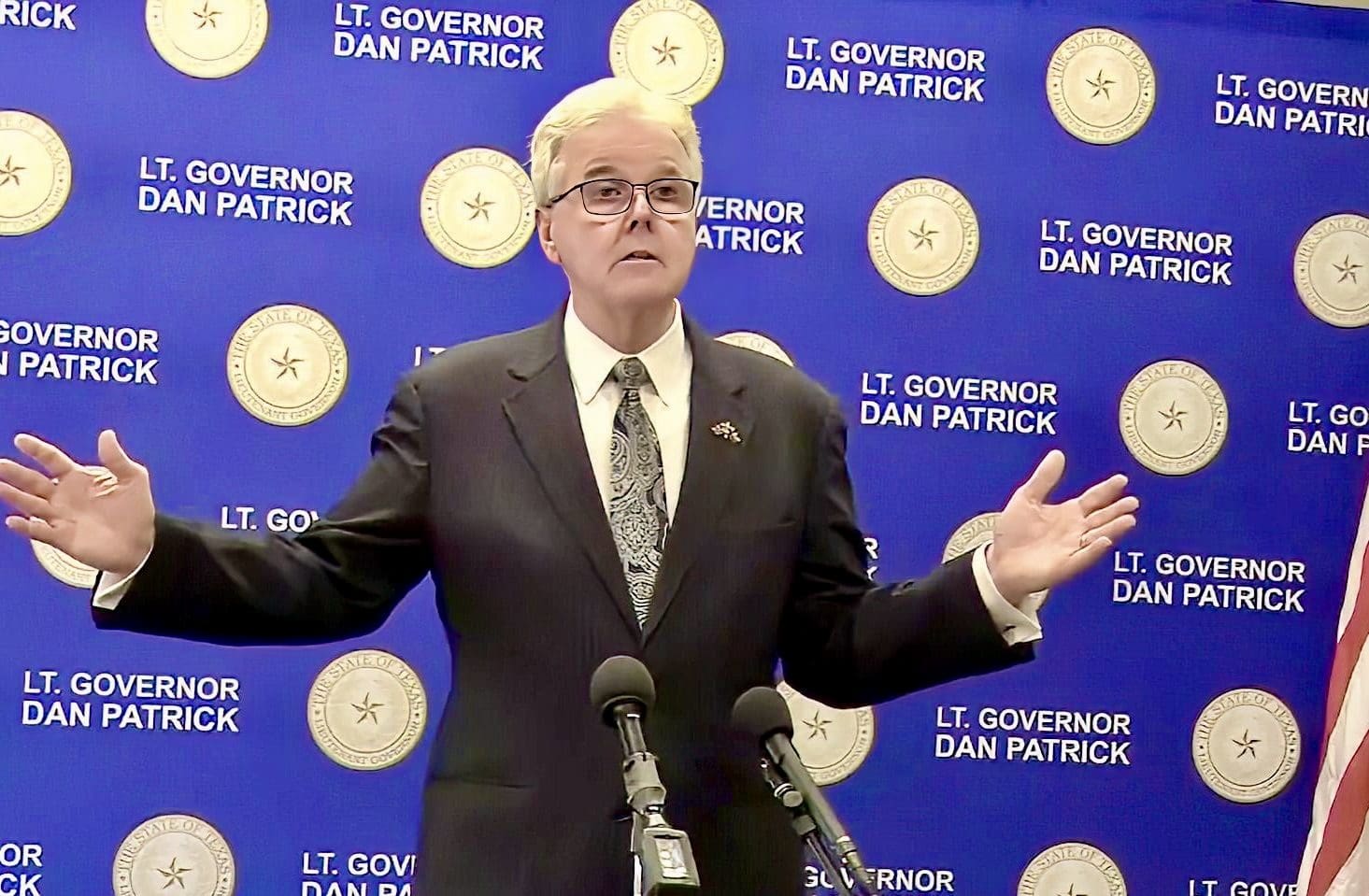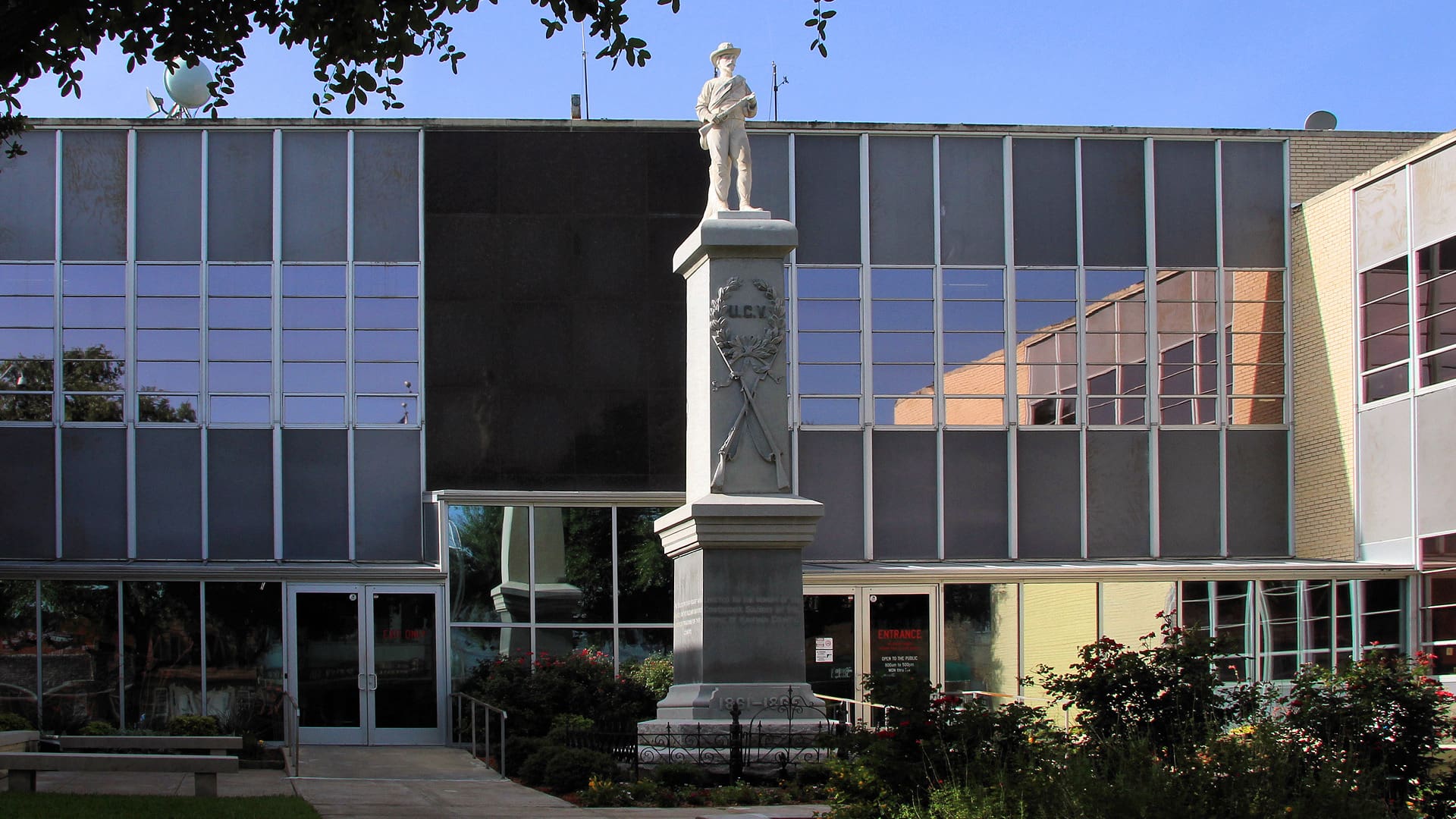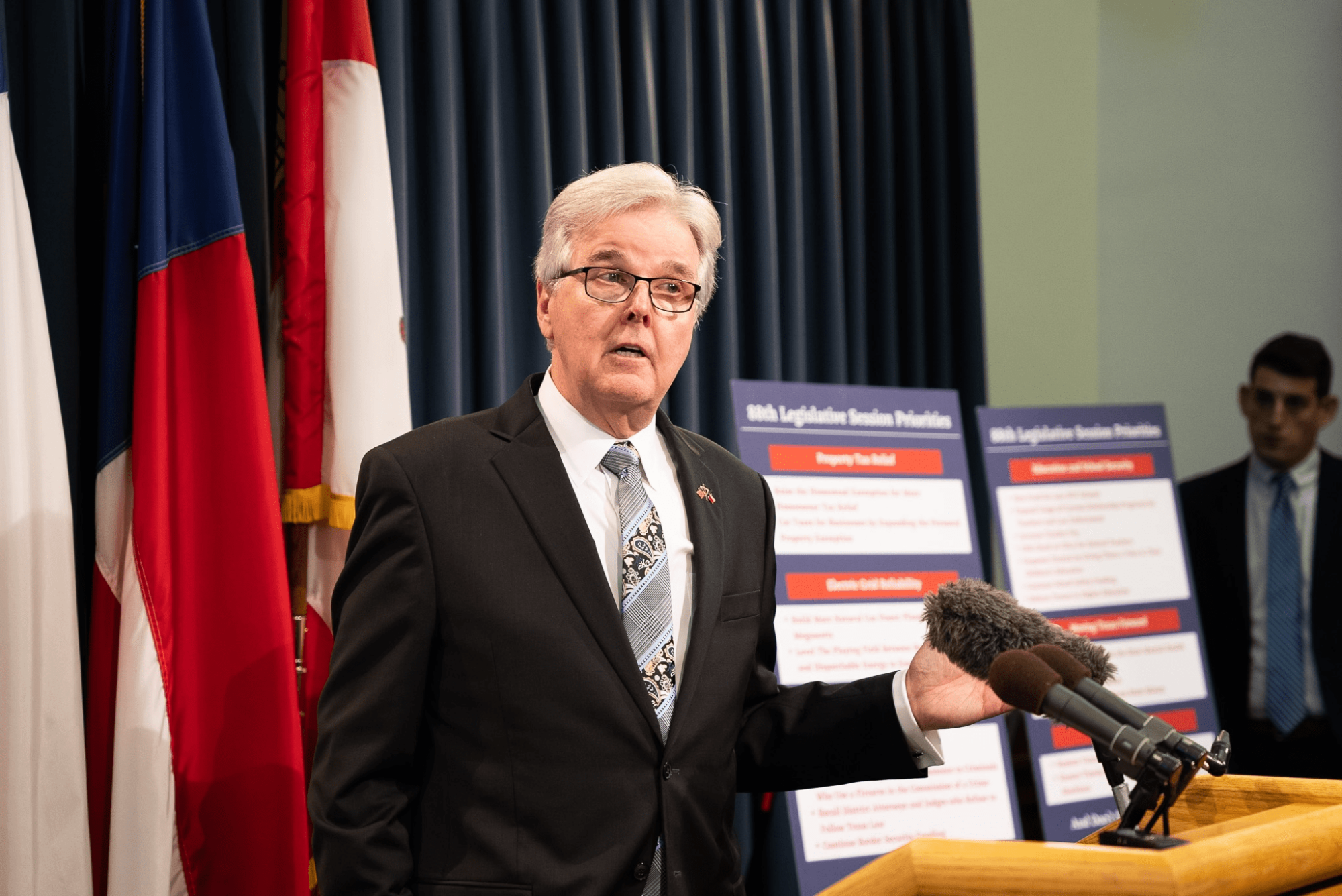The Senate base budget plan has received much attention since it was released on January 25, 2015, primarily for its provisions for $4 billion in tax relief for property and business owners. Conservatives have applauded this measure, while moderates have decried it as a lost opportunity to expand future debt spending.
Tax relief is a pleasant thing to hear in Texas, where the median homeowner pays $2,275 a year in property taxes. Understanding how tax relief works is a little more complicated.
The Legislature appropriates just over a third of all available funds to education and related agencies. For the 2016-17 biennium, that’s about 37% of all funds. The Texas Education Agency (TEA) receives over 99% of that money, and puts nearly 75% of it into operating the Foundation School Program (FSP).
The Foundation School Program is the mechanism by which the TEA distributes state dollars to supplement local school districts. These districts are primarily funded by local tax revenue, so that state aid to the FSP decreases when local revenue increases. State funding depends on local factors and growth projections for the district, estimates on property values, and student enrollment.
Significant sources of school funding include the Available School Fund (ASF), the Property Tax Relief Fund (PTRF), and the Foundation School Fund (FSF).
- The Available School Fund receives a 25% diversion of the revenue supplied by the motor fuels tax, as well as distributions from investment returns of the Permanent School Fund, which guarantees bonds for school districts. Funds from the ASF accounted for 6.4% of FSP appropriations for the 2014-15 biennium.
- The Property Tax Relief Fund seeks to shrink school districts’ maintenance and operation costs by a third. The PTRF is funded largely through the franchise tax, but also receives revenues from vehicle and tobacco sales taxes.
- The Foundation School Fund provided 69% of funding for the FSP for the 2014-15 biennium. The FSF is included in the General Revenue Fund and is only appropriated to the TEA.
Overall, the Senate base budget calls for $4 billion in tax relief. $1 billion of these tax cuts are expected to result from franchise tax reforms, while the other $3 billion will come from reduced property taxes.
- Tax relief from franchise tax reform.
As of February 5, five House bills have been filed that mandate lowering franchise tax rates, if not the “phaseout and repeal” of franchise taxes altogether. Margins tax revenue primarily funds the Property Tax Relief Fund (PTRF), which helps offset school district maintenance and operations costs. The Senate base budget estimates that if the margins tax is reduced or eliminated, PTRF revenues will decrease by $1 billion over the 2016-17 biennium—which is $1 billion in taxes that Texas businesses will not have to pay. To offset this decrease in the PTRF, $1 billion will be moved from the Foundation School Fund to the TEA.
- Tax relief from property tax reform.
The plan for property tax relief is similar in that it transfers money out of the Foundation School Fund to the TEA. If legislation is enacted that mandates $3 billion in tax relief, a transfer of that same amount will be made and Texas property owners will be spared $3 billion in taxes. The plan also calls for legislation that would hold school districts harmless for the decrease in revenue created by property tax relief.
This tax relief plan is one of the fundamental differences between the Senate and House base budgets. The House plan includes no such provisions, while the Senate plan mandates not only $4 billion in tax cuts but also eliminates funding for the Public Integrity Unit and the Texas Racing Commission. These endeavors will be beneficial for Texas taxpayers and represent a positive step towards fiscal responsibility in the often-profligate Legislature.




